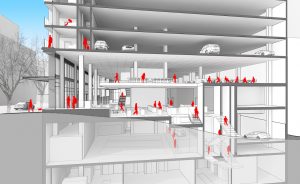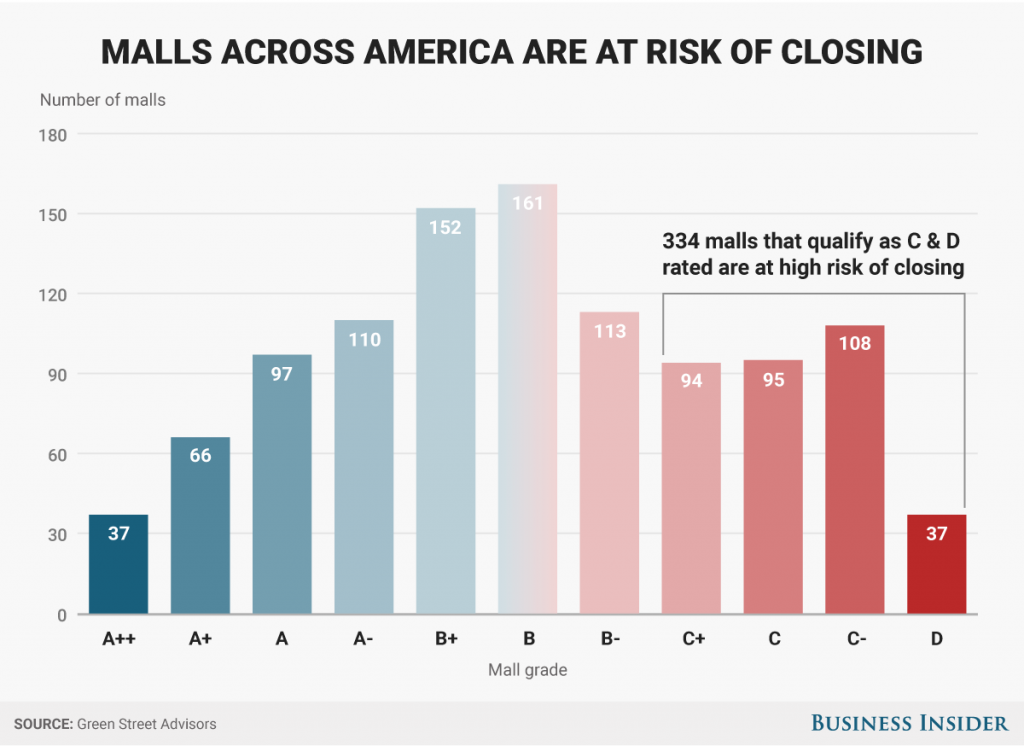A new report released by Schaller Consulting looks at the impacts of app-based ride services (or Transportation Network Companies –TNCs– like Uber and Lyft.) And the findings are interesting, but complicated.
As the author of the report pens in “Turns out, Uber is clogging the streets.” Although “Uber promised to take 1 million cars off the road in New York City,” since June of 2016, passenger volumes for TNCs have tripled up to 500,000 per day. TNCs drove 600 million miles and subway and bus ridership fell.”
If what we are seeing is a first hint of a larger shift of TNCs siphoning off transit trips, then the implications could be large and painful. Transit would decline, equity could become more of a problem, and many cities would start to run into exasperated issues during rush hour as everyone who would be on transit was now in cars – a large geometry/roadway capacity problem in big cities. Imagine most of the people on NYCs subways all of a sudden trying to move along streets in individual cars.
And the scale and speed of the growth of TNCs should give us pause – tripling of trips in just a few months is a growth rate where unintended consequences will sneak up on us quickly.
But Laura Bliss at CityLab encourages us to consider the nuances in the Schaller report, asserting that TNCs fill gaps where taxis are hard to come by or transit access is less available. In many ways, they are increasing mobility and accessibility.
Both Schaller and Bliss encourage cities to avoid being complacent and to get out ahead of these issues. The same will be true for AVs.
How should city officials/planners respond?
- Make transit more appealing
- Implement road pricing during times of congestion
- Make TNCs pay more for streets to encourage customers to use transit instead
- Reduce demand for single occupancy vehicles in general
- Demand more detailed data from TNCs to gain a better understanding of the dynamics


